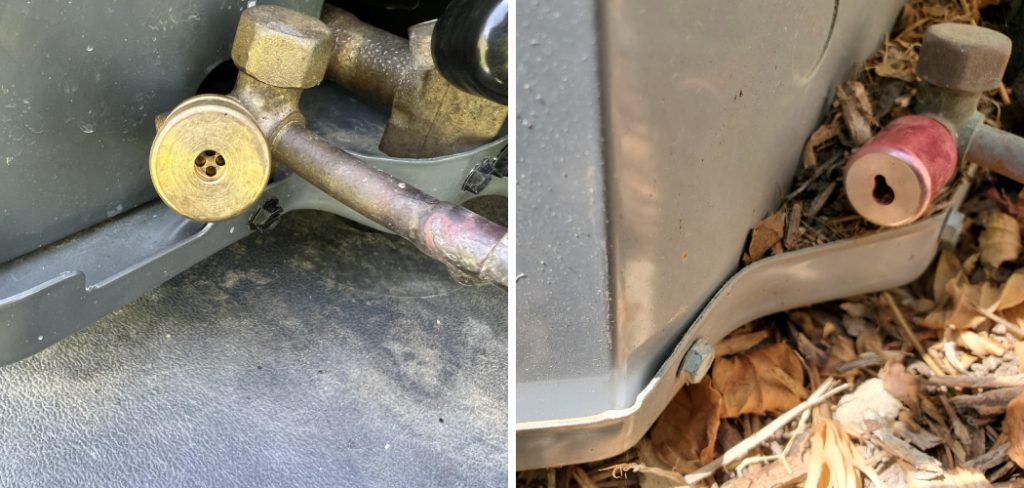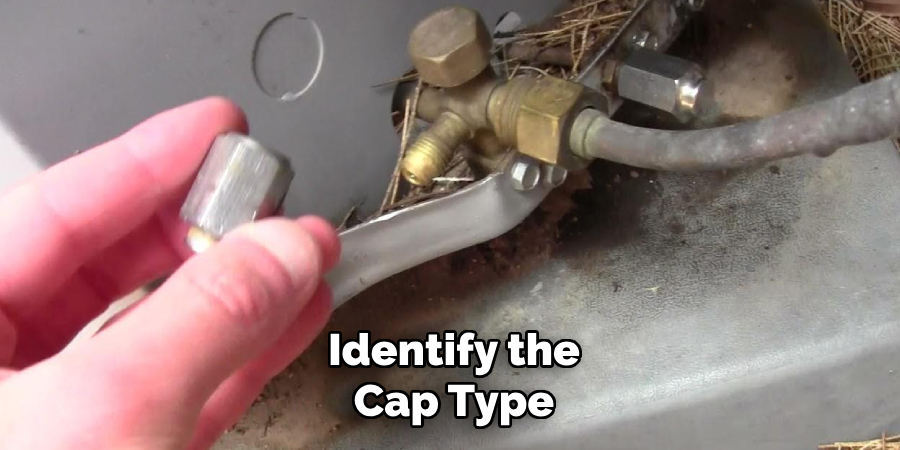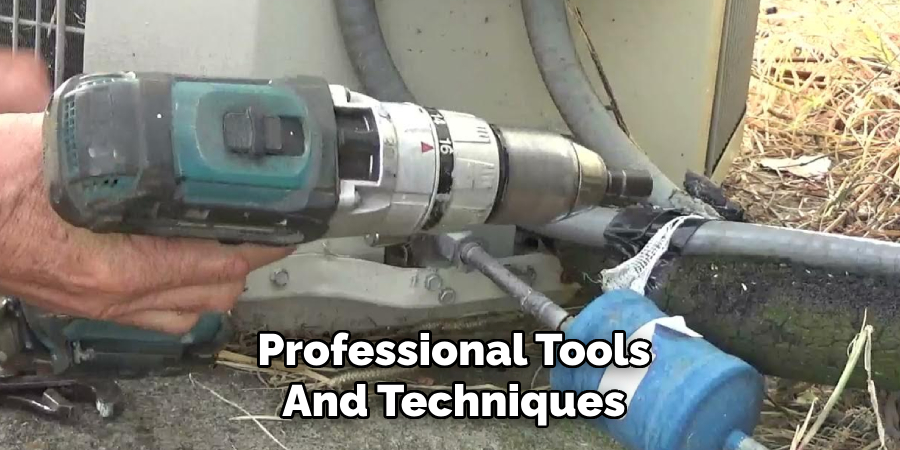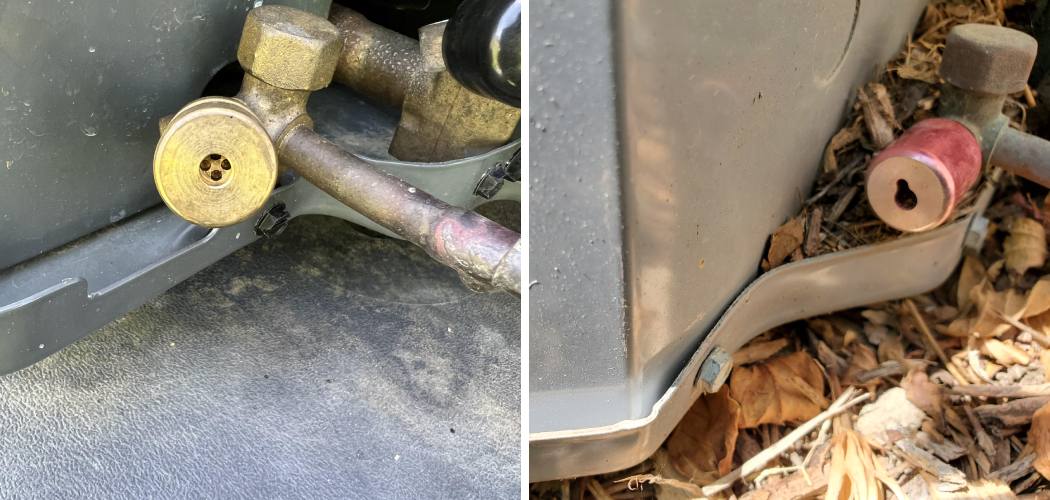Refrigerant locking caps play a crucial role in securing HVAC systems by preventing unauthorized access and tampering. These caps are commonly installed to preserve the efficiency and safety of the system. However, situations can arise where the key for these locking caps is lost or unavailable, creating challenges during maintenance or repairs. Understanding how to remove refrigerant locking caps without key can be essential for HVAC technicians or property owners under certain circumstances.

It is important to note that attempting to remove these caps without proper authorization or tools may void warranties or even violate local regulations. This guide aims to provide safe and practical methods to remove refrigerant locking caps when the key is not accessible, ensuring careful handling to protect the system and comply with applicable rules. Always exercise caution and consult a professional if unsure of the proper procedure.
Understanding Refrigerant Locking Caps
What Are Refrigerant Locking Caps?
Refrigerant locking caps are specialized protective caps installed on HVAC refrigerant ports. Their primary purpose is to prevent unauthorized access, tampering, or leakage of the refrigerant within the system. These caps serve as a critical security feature for both safety and system integrity.
Why Are They Locked?
Locking caps are mandated by safety regulations in many regions to address a number of concerns. They help prevent refrigerant theft, which can pose environmental and financial risks. Additionally, they protect the refrigerant from contamination, ensuring the HVAC system operates efficiently. These caps also guard against accidental discharge of refrigerant, which can be hazardous to both health and the environment.
Common Types of Locking Caps
- Hex-shaped Caps – These are basic locking caps requiring a specific tool for removal.
- Specialty Caps with Unique Key Patterns – These are more advanced and require a designated key or tool for unlocking, offering additional security.
Legal and Safety Considerations
Removing refrigerant locking caps without proper authorization can lead to violations of local HVAC codes and regulations. It is crucial to confirm whether you have the legal right to access and remove these caps. Always prioritize safety, and consult certified HVAC professionals if there is any uncertainty regarding the process.
Tools and Materials You Might Need
When preparing to remove refrigerant locking caps, it’s essential to have the proper tools and materials on hand to ensure a smooth and safe process. Below is a breakdown of the basic tools, specialty tools, safety gear, and preparation steps you might need:
Basic Tools:
- Adjustable wrench or pliers
- Lock removal tool (if available)
- Flathead screwdriver
- Penetrating oil (to loosen stuck caps)
Specialty Tools:
- Universal HVAC service key
- Locking cap removal kit (commonly available at HVAC supply stores)
Safety Gear:
- Safety glasses to protect your eyes
- Gloves to safeguard your hands from potential sharp edges or chemical exposure
Preparation:
Before beginning, make sure to turn off the HVAC system to avoid any risk of injury or harm. It’s also crucial to refer to the manufacturer’s manual for specific guidance on removing the particular locking caps being used. By having the right tools and following recommended safety protocols, you can remove refrigerant locking caps efficiently while minimizing potential issues.
How to Remove Refrigerant Locking Caps without Key: Using a Universal Service Key
Step 1: Identify the Cap Type

Determine if the locking cap is hex-shaped or features a unique pattern. Identifying the cap type is crucial for selecting the appropriate tool for removal.
Step 2: Select the Correct Service Key
Choose a universal HVAC service key that corresponds to the cap’s specific pattern. These service keys are designed to fit a variety of cap types, ensuring a secure grip during the removal process.
Step 3: Apply Gentle Pressure
Insert the universal service key into the cap and apply gentle, steady pressure as you turn it counterclockwise. This action will begin to loosen the cap from its position.
Step 4: If the Cap Is Stuck

If the locking cap does not loosen easily, do not force it. Instead, apply a small amount of penetrating oil around the cap to help break up any debris or corrosion. Allow the oil to sit for 5–10 minutes before attempting removal again.
Safety Tip:
Avoid using excessive force when turning the service key, as this can damage both the locking cap and the valve underneath. Take your time and ensure you’re using the right tool to avoid unnecessary wear or damage.
Removing Without a Key
If you find yourself without a service key and need to remove the locking cap, follow these steps. Proceed carefully to avoid causing any damage to the cap or the valve underneath.
Step 1: Use Pliers or Adjustable Wrench
Start by securely gripping the cap with a pair of pliers or an adjustable wrench. Apply steady, even pressure while turning the cap counterclockwise. Avoid jerking or using excessive force, as this could warp the cap or damage the valve.
Step 2: Alternative Approach (Flathead Screwdriver)
If pliers or a wrench fail to loosen the cap, a flathead screwdriver can serve as an additional tool. Insert the screwdriver into any grooves or indentations on the cap. Use it as leverage by applying consistent pressure while attempting to rotate the cap.
Step 3: Apply Penetrating Oil
When dealing with a cap that resists both pliers and a screwdriver, a small application of penetrating oil can work wonders. Gently spread the oil around the cap’s threads and allow it to sit for 5–10 minutes. This helps to loosen any dirt, rust, or debris causing the sticking.
Step 4: Heating Technique (Caution)
In stubborn cases, applying heat can aid in loosening the cap. Use a heat gun to gently warm the cap, causing the metal to expand slightly. Be extremely cautious not to overheat, as this may damage adjacent components or the valve itself. Work patiently and methodically.
Warning
Avoid forcing the cap with excessive pressure or attempting to cut it off, as doing so could result in permanent damage to the valve or surrounding parts. Always use these methods with care and ensure you prioritize the integrity of the mechanism.
Contacting a Professional
When to Call a Technician
If the cap is severely corroded or entirely stuck despite efforts with safe, non-damaging methods, it’s time to consider calling a professional. Additionally, if removal requires specialized tools or poses a high risk of damaging the HVAC system, a trained technician is better equipped to handle the task efficiently and safely.
Professional Tools and Techniques

Certified technicians often have access to proprietary tools specifically designed for removing locking caps without causing harm to the unit. Their expertise ensures precision and reduces the chances of creating further issues during the removal process.
Legal Compliance
Professionals are well-versed in local safety regulations and HVAC industry standards, ensuring that any work performed is both legal and safe. This compliance is particularly vital in areas where tampering with certain components of HVAC systems may violate guidelines.
Cost Consideration
Although hiring a technician involves an upfront cost, it can be more economical in the long run. Attempting removal without the proper knowledge or tools can result in damage that leads to costly repairs or system replacement. Engaging a professional ensures the job is done correctly the first time, avoiding unnecessary expenses.
Preventing Future Issues
To avoid problems down the line, proper management and maintenance of HVAC locking caps are essential. Start by keeping the key in a safe and accessible place. Label the key clearly and store it somewhere it can be easily found when needed, as losing it can lead to unnecessary delays.
When possible, consider using universal keys for your locking caps. Locks that work with standard HVAC service keys streamline access and reduce the hassle of managing multiple, unique keys for different systems. This approach simplifies maintenance tasks for you or any technician working on the system.
Regular maintenance of the locking caps is equally important. Periodically inspect the condition of the caps to ensure they remain functional and free from damage caused by wear and tear or external factors. Taking a proactive approach to maintenance can prevent inconvenient or costly issues in the future.
Additionally, document access codes and key details for each locking cap. Maintaining a clear record of the locking cap type and corresponding key information will save you time when future access is necessary. With these preventative steps, you can help ensure continual, hassle-free operation of your HVAC system.
Safety Precautions and Warnings
Personal Safety
Always prioritize personal safety when working with HVAC systems. Wear appropriate protective gear, such as safety goggles, gloves, and durable clothing, to protect yourself from potential harm like chemical exposure or physical injury.
System Safety
Before attempting any removal or maintenance, ensure that the HVAC system is completely powered off. This step prevents accidental refrigerant release, which can be harmful to both you and the environment, and safeguards the overall integrity of the system.
Legal and Regulatory Compliance
Familiarize yourself with local laws and regulations regarding refrigerant access and HVAC maintenance. Unauthorized tampering with refrigerants can lead to legal consequences and environmental harm. Always follow proper procedures to remain compliant.

When Not to Attempt Removal
If you are uncertain about the removal process or encounter a complex locking mechanism, do not proceed. Instead, consult or hire a licensed technician trained to handle such tasks safely and efficiently.
Conclusion
Safely and legally removing refrigerant locking caps is critical to ensuring compliance with HVAC regulations and protecting the environment. Understanding how to remove refrigerant locking caps without key access involves three primary approaches. First, use a service key if available. Second, attempt manual removal only if you’re confident and the mechanism is simple. Lastly, when in doubt, contact a licensed professional to handle the task expertly. Always prioritize safety by following local laws and regulations regarding refrigerant systems. Taking these precautions helps prevent legal issues, ensures proper system maintenance, and supports environmental sustainability.

